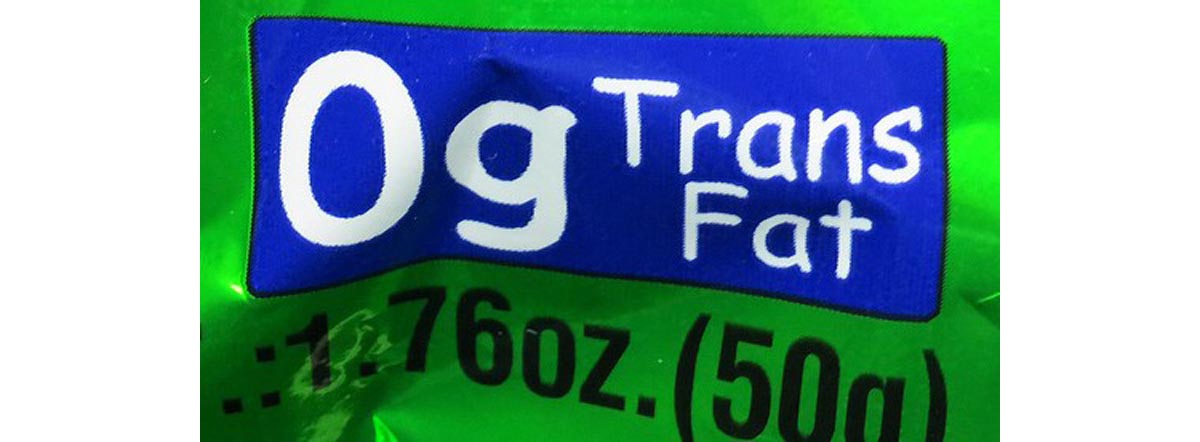Table of Contents
After the long list of nutritional no-no's, food labels list the nutrients we all need on a regular basis. The only four nutrients food manufacturers are required to list for every product are vitamin A, vitamin C, calcium, and iron. Manufacturers are allowed to list up to 21 other nutrients, including vitamin D, vitamin E, vitamin K, thiamin (vitamin B1), riboflavin (vitamin B2), niacin, vitamin B6, folate, vitamin B12, biotin, panthothenic acid (vitamin B5), phosphorus, iodine, magnesium, zinc, selenium, copper, manganese, chromium, molybdenum, and chloride.

In the USA, the label lists each nutrient in terms of Reference Daily Intake, a measure of the best estimate of nutritional scientists of how much of each nutrient an adult needs every day. However, the values established in FDA regulations are based on studies done in the 1960's, and different Dietary Reference Intakes are recommended by nutritionists now.
If you are relying on the label to make sure you are getting enough of these nutrients, you may be short changing your daily nutrition.
Modern nutritionists also recommend less thiamin, riboflavin, niacin, B6, folate, B12, biotin, B5, zinc, selenium, copper, chromium, molybdenum, and chloride than they did 40 years ago. If you rely on what is on the food label, you will get too much -- although it is very rare for anyone to suffer from an overdose of these nutrients from food alone.
What to Look for in Ingredient Lists
Food labels also list the ingredients used to make prepared foods. The first named ingredient is used in greatest amount (measured by weight) in the product, the second-named ingredient is the second most abundant in the food, and so on. If you take a close look at the ingredient list, sometimes you won't buy the product. Here are some common problem areas:
- Whole-wheat bread usually lists white flour as its first ingredient. Whole grain hamburger buns and hot dog buns often list MSG and sugar before they list whole grains.
- Almost any shelf-stable dessert food (the infamous Twinkies and Hostess cupcakes, for example) will list high-fructose corn syrup as its first ingredient. This is also true of most sugar-sweetened beverages.
- "Fruit" drinks often contain no fruit juice.
- High-fructose corn syrup can be listed as HFCS, isoglucose, glucose/fructose, fructose/glucose, corn syrup, maize syrup, corn sugar, maize sugar, or high-fructose maize sugar.
- MSG is often labels as "natural flavoring."
- Even organic foods can contain organic fructose and organic MSG.
A quick look at the label can keep you from sabotaging your diet. Always be sure you know your portion size, and look twice to avoid the high-fructose corn syrup and MSG that can make appetite control impossible.
- Photo courtesy of jdickert on Flickr: www.flickr.com/photos/jdickert/2382424839
- Photo courtesy of 41002268@N03 on Flickr: www.flickr.com/photos/41002268@N03/6977429822


Your thoughts on this